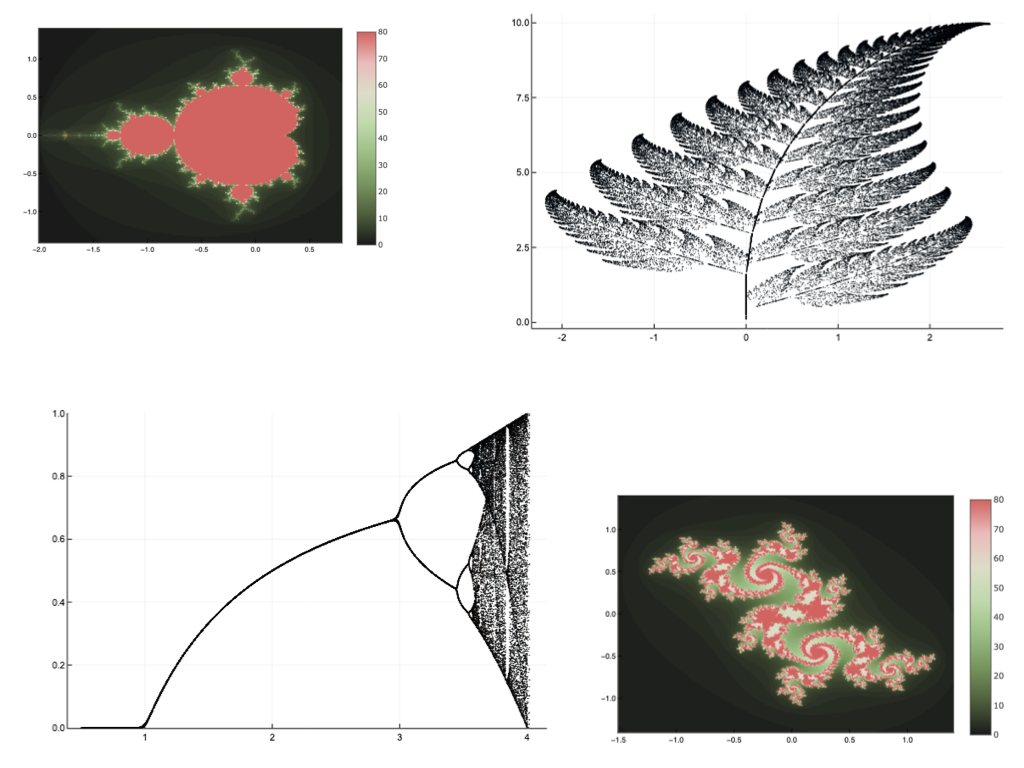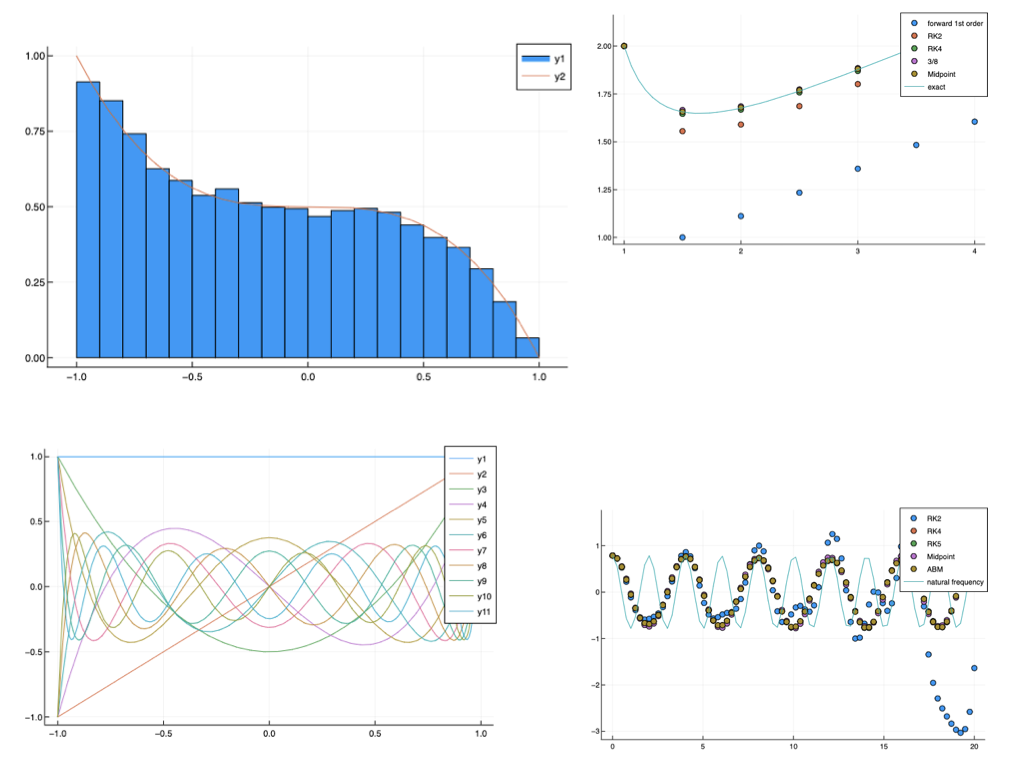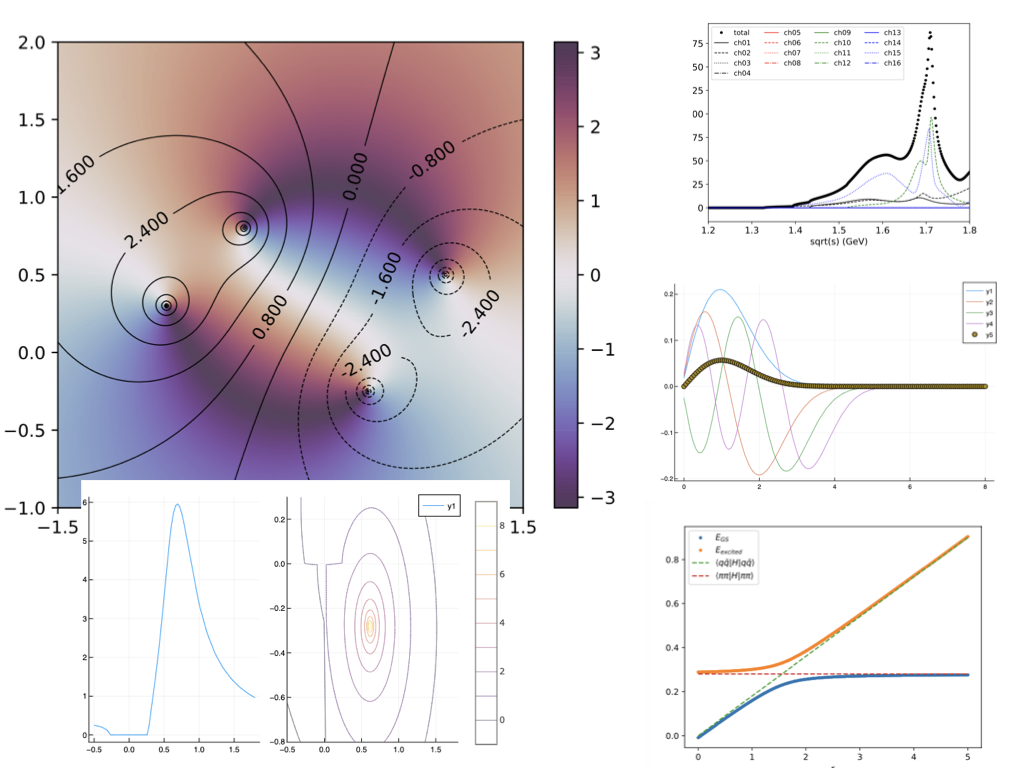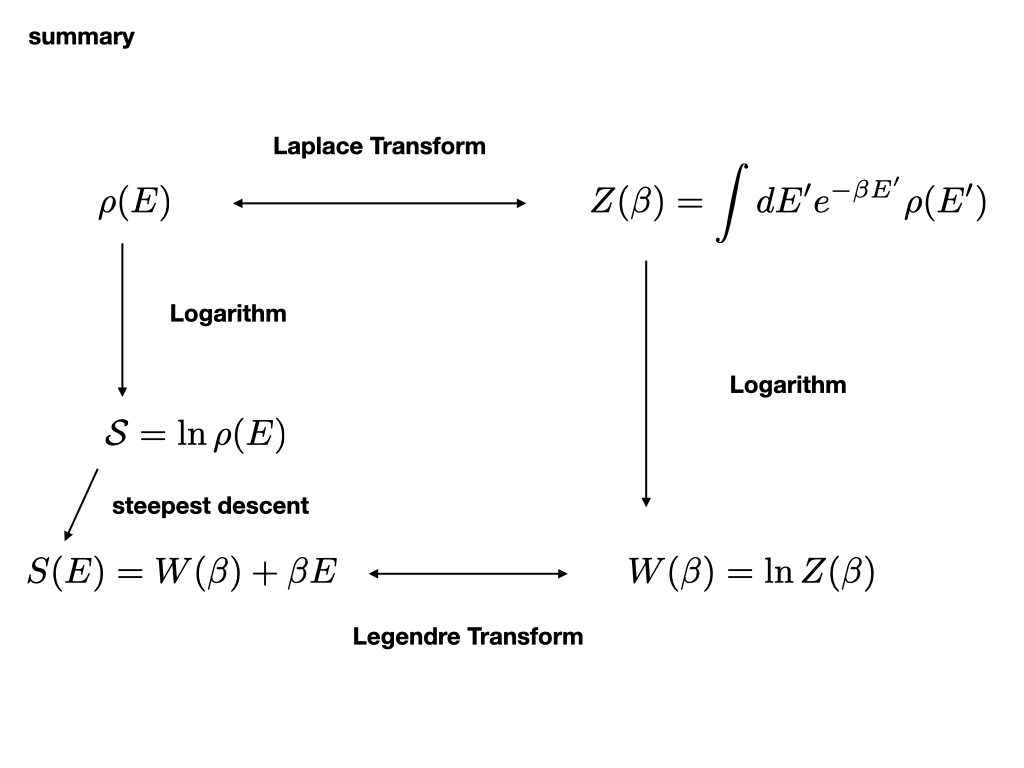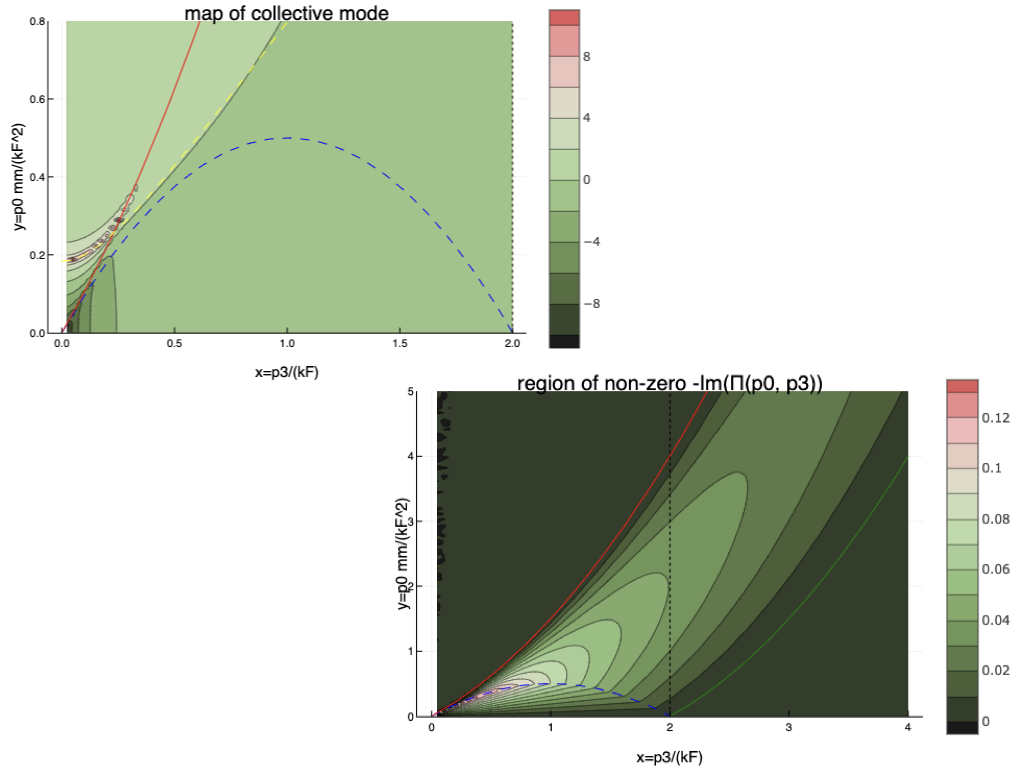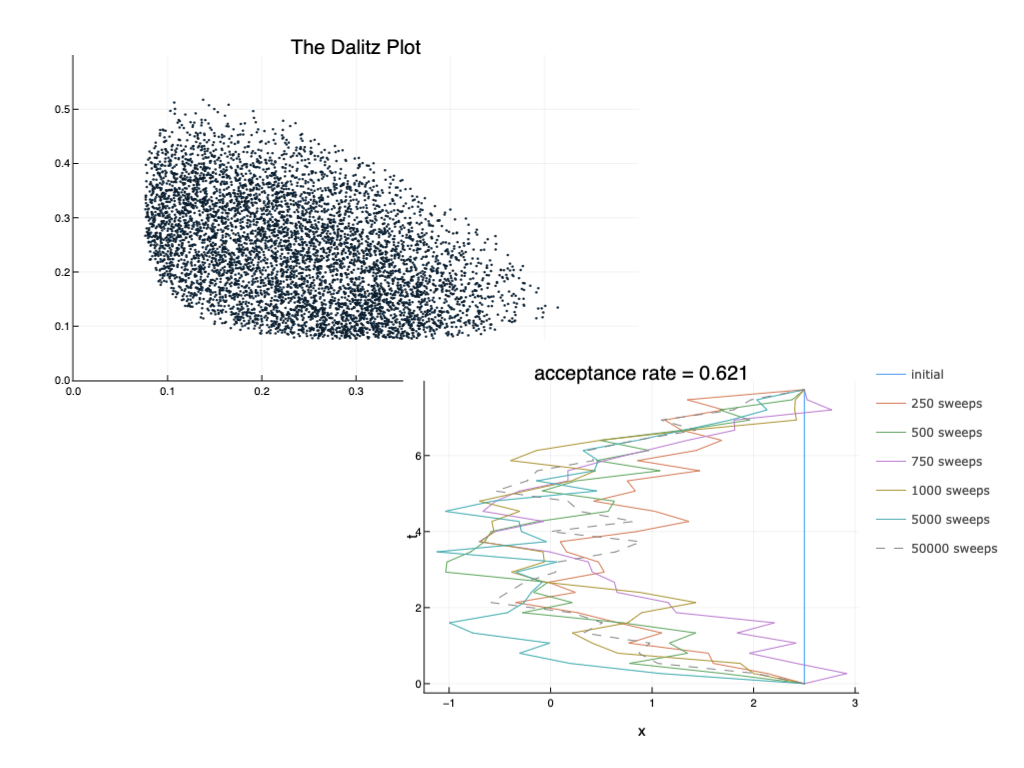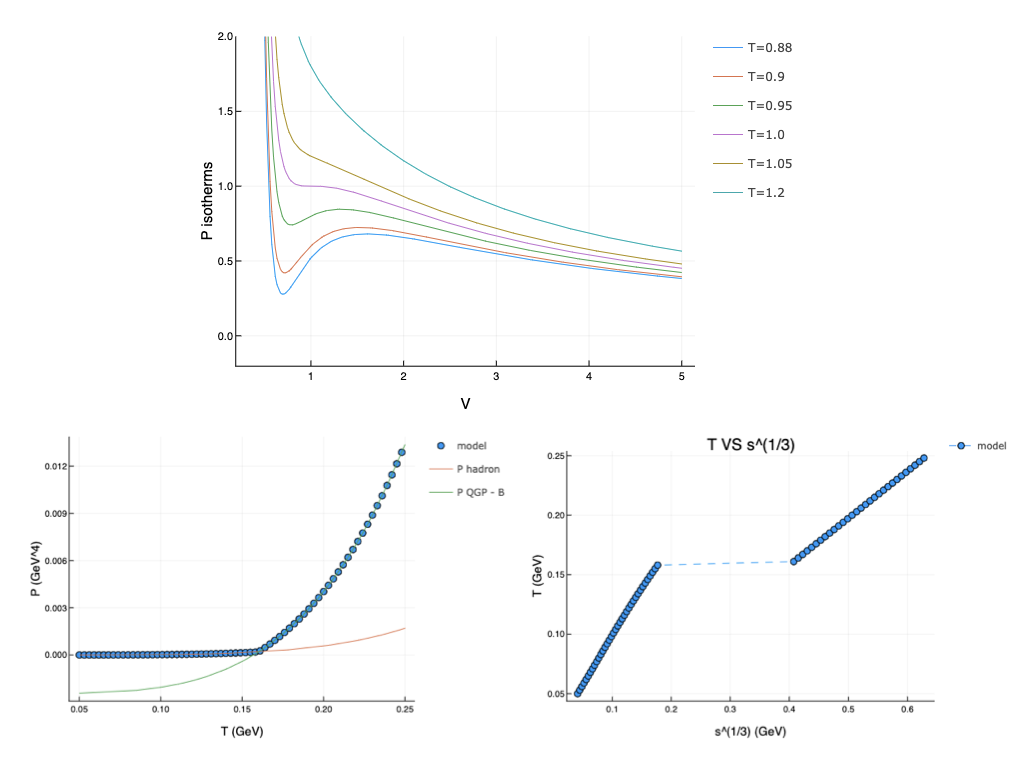Exploring Quantum Many Body Systems with Modern Numerical Tools
Instructor
-
Pok Man Lo (Prof. UWr)
-
428 Institute of Theoretical Physics, University of Wroclaw
Time and Place
- Every Monday 1200-1400 @ IFT 511
Course Description
This is a graduate course on applying numerical method to study aspects of quantum many body problems. It aims to develop or reinforce programming skills, numerical analysis skills, familiarity with some important problems in quantum many body physics, and their methods of solution.
Helps needed
Feel free to comment and connect.
Marking Scheme
0.6 assignments + 0.4 final project
Aims
By the end of the course, the students will be able to:
- gain a deeper understanding of many body quantum mechanical systems
- formulate and design an efficient computational approach to solving complex physics problems
- locate relevant resources to aid solving a numerical problem
- communicate physics ideas with the aid of advanced graphical and simulation tools
- produce publication quality graphs and written reports
Textbooks
computational physics
- J.F. Boudreau and E.S. Swanson, Applied Computational Physics (Oxford University Press, 2017)
- Rubin H. Landau, Manuel J. Páez Cristian and C. Bordeianu, Computational Physics
many body theory
- J. Kapusta and C. Gale, Finite-Temperature Field Theory: Principles and Applications
- A. Fetter and J.D. Walecka, Quantum Theory of Many Particle Systems
Supplementary texts
- D. Kincaid and W. Cheney, Numerical Analysis: Mathematics of Scientific Computing
- N.J. Giordano and H. Nakanishi, Computational Physics
- W.R. Gibbs, Computation in Modern Physics
- Heinz J Rothe, Lattice Gauge Theories
Topics (see Syllabus)
Primary topics to be discussed are
- Basic Julia language for numerical programming;
- Numerical techniques, including essential methods of integration, discretization, Monte Carlo, and diagonalization;
- Physics concepts in the study of quantum many body systems, including scattering problems in quantum mechanics, thermal field theory, and non-abelian pure gauge theory.
Preparation and Help
This course is not about hard-core programming, nor about solving large scale computing problems. Mostly we will be writing little scripts for toy numerical experiments to gain understanding of some quantum mechanical problems. (The Julia language is easy to learn even for beginners in programming. Helps will be provided during tutorial sessions. Also, you are free to choose any language you like as long as you can explain and communicate your work effectively.)
The presentation of physics topics aims to be self-contained, but it is best to come prepared. This means remembering your undergraduate classical and quantum physics.
For documentation of codes and works, use of latex and markdown is recommended.
Class Arts
